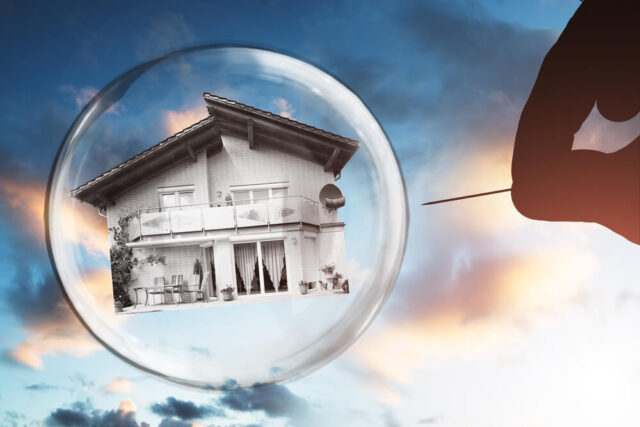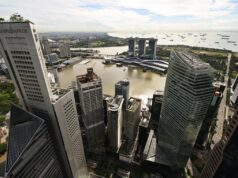The housing market has been recovering from the devastating crash of 2008 and 2009, but it is becoming apparent that there are significant issues with this recovery. One issue is the lack of affordability in places like San Francisco or New York, but another issue is occurring much more prevalently: city sprawl.
City sprawl is a term that most people are familiar with but might not know the exact meaning of. City sprawl is when outer suburbs become overdeveloped, and housing prices skyrocket due to lack of supply.
While this may sound terrible from an environmental standpoint, there are also economic consequences, such as decreasing popularity in downtown areas causing them to lose tax revenue which causes businesses to relocate.
For a city to continue thriving economically and avoid a market crash or bubble burst, it needs a vibrant core that attracts residents and has a strong enough surrounding economy to support growth in that core. For example, when a company relocates, they look for office space in the cheapest market within a reasonable commuting distance of their business.
If all of these conditions are not met and sustained, sprawl can occur, and with it comes an increasing unaffordability of the established city centers. All of this is to say that we will be seeing more sprawl in the coming years, which means we will need to plan less densely populated transportation infrastructure in mind. One benefit of such an infrastructure is fewer CO2 emissions from cars driving longer distances between housing and work sites.
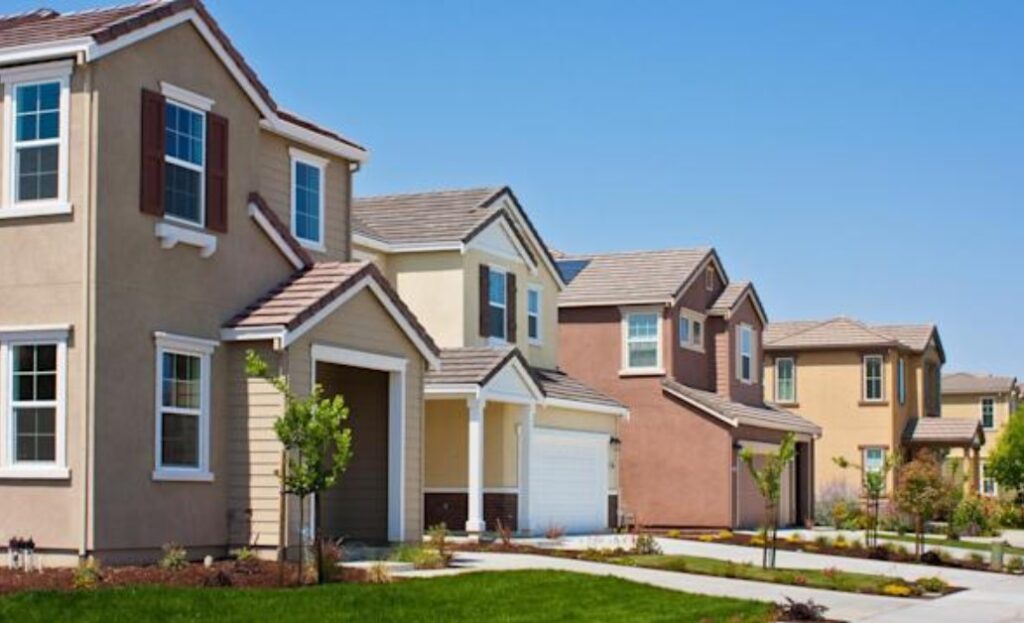
But there may also be negative consequences such as increased traffic congestion or even decreasing public transit ridership since people would rather drive than sit on a bus for hours every day only to get to where they want to go in 20 minutes.
Another consequence of sprawl is that fewer people are in the downtown core, which means less money is pumped into the local economy, leaving everyone who lives there generally poorer than they would’ve been if city sprawl didn’t occur.
According to the US census, eighty percent of Americans live in metropolitan areas, the majority in high-density urban areas, which makes city sprawl an issue many Americans face daily. The ongoing problem with city sprawl is not just increased environmental costs but decreased economic viability.
As suburbia grows and the population density in the city decreases, sales tax revenue falls, and businesses looking to locate or expand in areas with higher centrality will move elsewhere. The core of a metropolitan area loses vitality because fewer people are walking around and spending money in the surrounding businesses, which can cause beneficial companies like grocery stores and drug stores to reduce their hours or even go out of business.
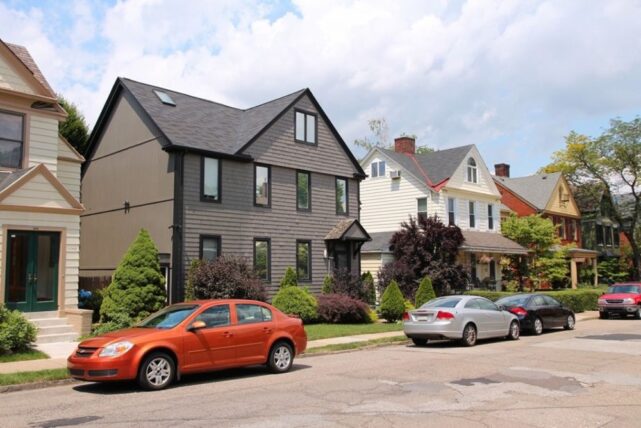
Central cities lose clout regarding voting rights within state legislatures; representatives care about what they see on their daily commute instead of what is going on 20 miles away from them. Essentially the larger an effective radius gets for a politician, the likelier that politician is to focus on issues within that area.
City sprawl also causes traffic; commuters will spend hours in their cars driving along the endless highway roads to get to work, homes further away from city centers tend to be less convenient when it comes to public transit or walking.
What happens when the core of a metropolitan area starts losing business is a departure further into suburbia? Those who can afford it look for homes closer to where they work but not so close that they would have to deal with high crime levels or overcrowding in schools.
The masses follow suit and relocate outwards towards the suburbs because there is no other option in housing affordability. This causes living conditions in inner cities to decline drastically while home values rise in surrounding areas due to increased demand, pushing city sprawl limits. The cause-and-effect cycle is an endless spiral downwards, and it has been gaining speed rapidly in the past decade.
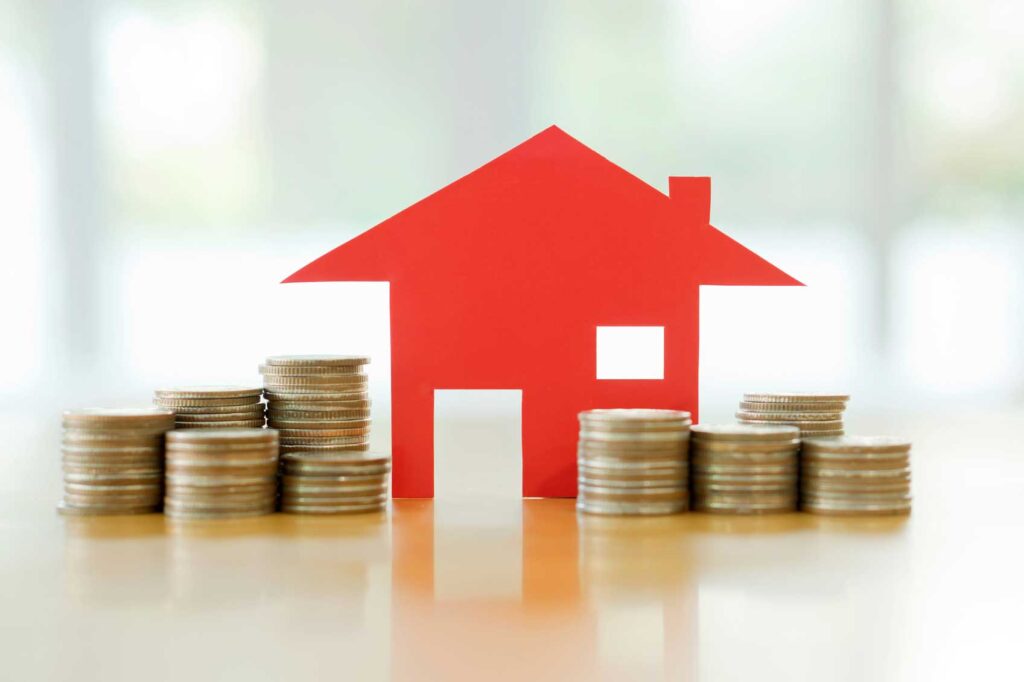
The median cost for a single-family home in San Francisco is one million dollars; meanwhile, the national average for such a house is around $260 thousand according to Zillow, an online real estate database that collects data from public records and other sources like listing agents or county recorder offices.
While this disparity between San Francisco and more rural areas cannot be entirely attributed to the housing crash, some economic factors are at play. New York City also has extremely high prices compared to most other cities and would not be considered affordable by any standards. One major issue is the lack of supply in major metropolitan areas.
While there is a vast array of housing types to suit all tastes and budgets in rural areas, city centers cannot say the same. Even though American cities are not at their peak population density, such as New York City, with 57 thousand people per square mile, they still have limited space to grow upwards or outwards because of geographical limits.
This confinement causes prices to skyrocket and makes it extremely difficult for the average person to afford a home within city limits. The US economy has been slowly recovering from the 2008 financial crisis. While some degree of stability has returned, the market still does bear some resemblance to an unstable foundation ready to collapse back downwards once more at any moment.
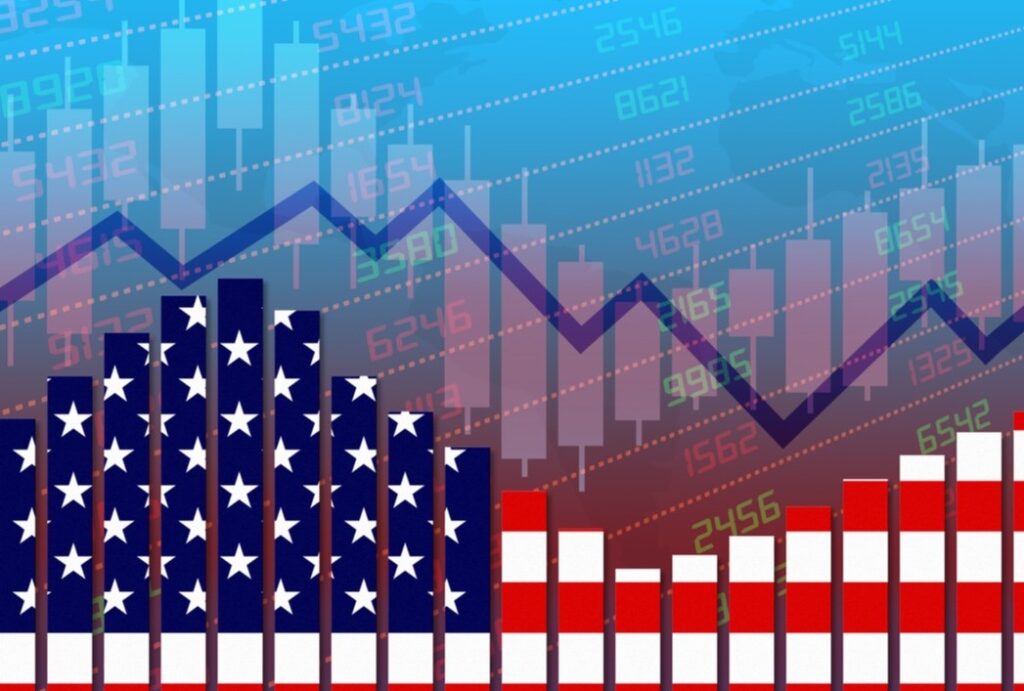
The significant difference between the previous economic collapse in 2007 and today is the housing market’s recovery. The Federal Reserve has kept interest rates at historically low levels. Still, any sudden economic shock like another subprime mortgage crisis could cause extremely negative repercussions in the real estate market.
If unemployment were to increase due to layoffs or business closures, home prices would plummet as buyers stop making monthly payments and investors try to sell off their properties much lower than their original value.
This would be similar to what occurred during 2007/2008 when homeowners tried to unload their homes rapidly because they could no longer afford them after losing their jobs due to the financial upheaval.
It is difficult to predict whether or not there will be another real estate bubble burst because it depends on so many factors beyond our control, such as political decisions or international disturbances. What we can do as citizens of the world to be aware of the market conditions and make sure we don’t overstretch ourselves financially.
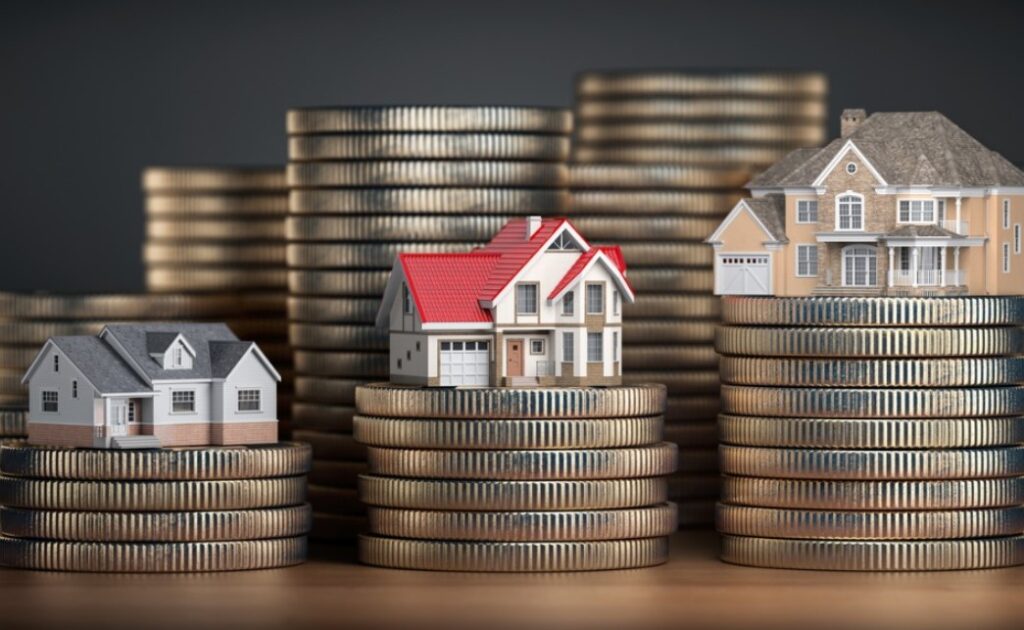
It is always better to save up for a down payment on a house instead of spending all your money on rent and hoping for real estate prices to reduce later down the line. Buying a home as soon as you responsibly can is more than likely a wise move.
On the other hand, if you are struggling with limited income and financial uncertainty, then renting will probably be your best option right now until such time that more affordable housing options become available in your city.
So is the US in another housing bubble? No, this isn’t a housing bubble at all. This is just an issue of supply and demand. It’s the simple process of people wanting to live in popular cities because they are great places to live, but those cities aren’t getting bigger, so there is less room for housing residents.
The supply has not increased with the demand, making homes/apartments more expensive, which means that there will be increased sprawl as people seek living space further from their work until the cities shrink enough to make prices reasonable again.

